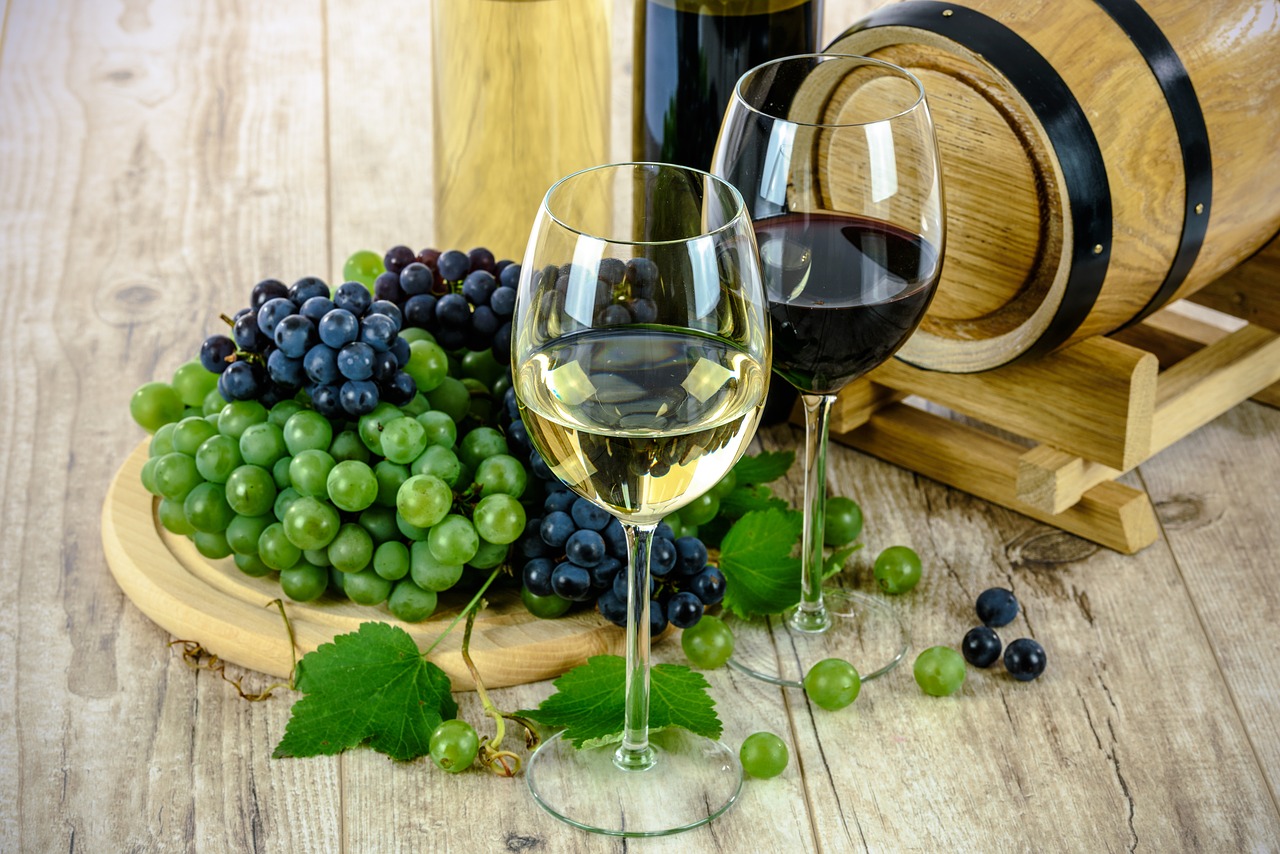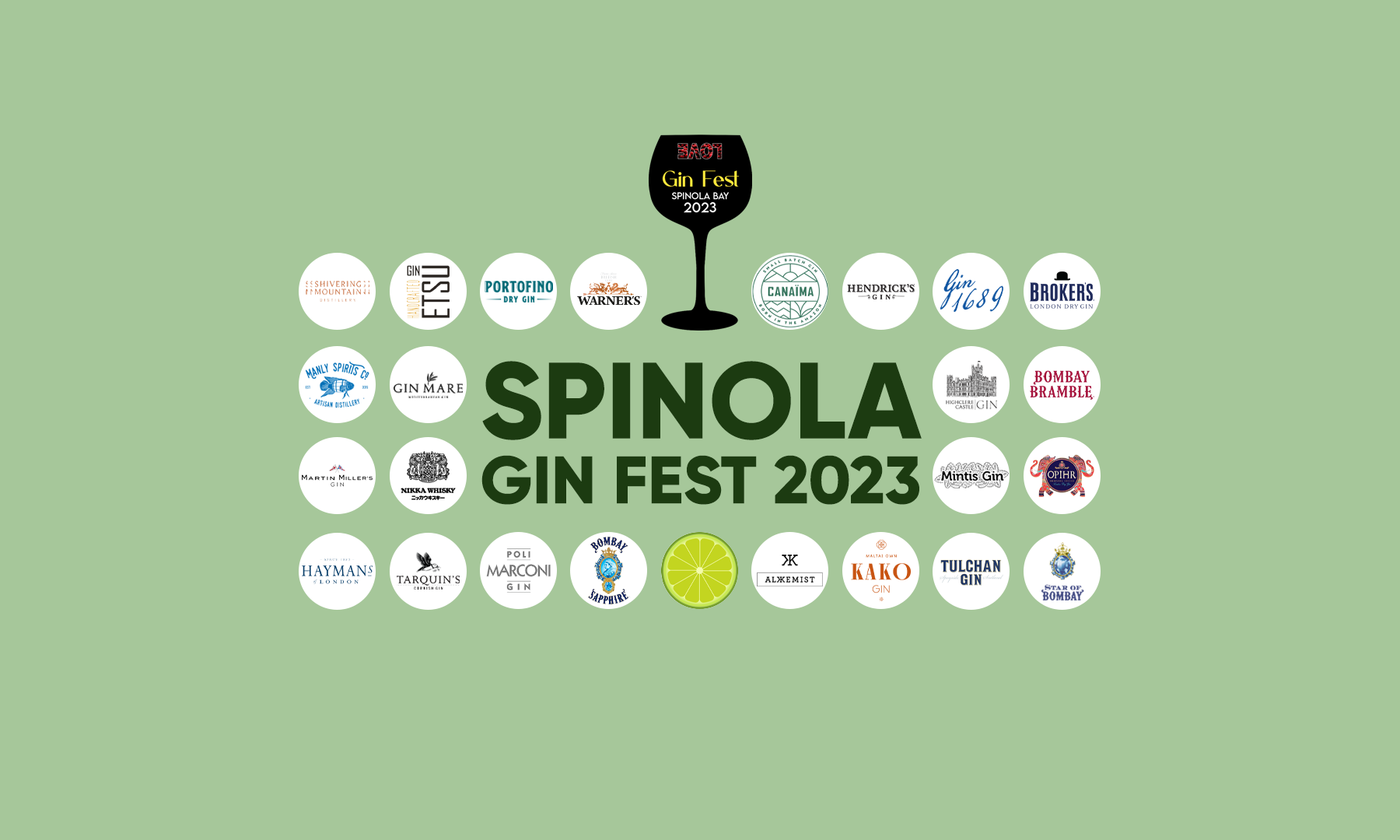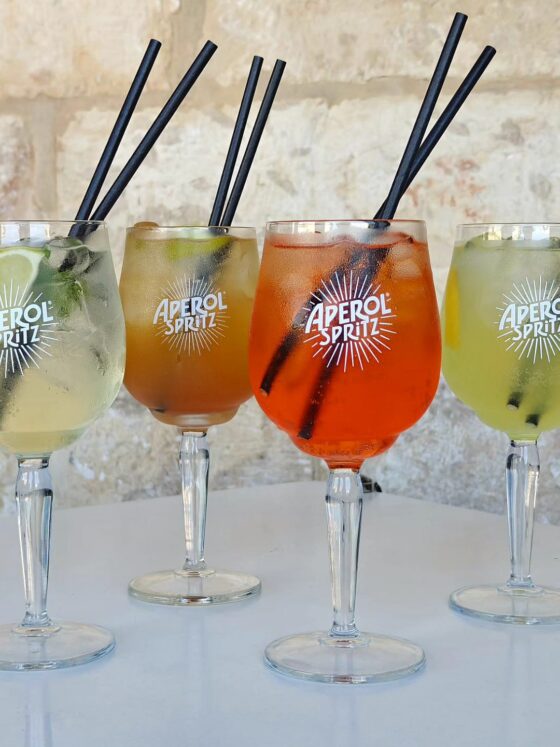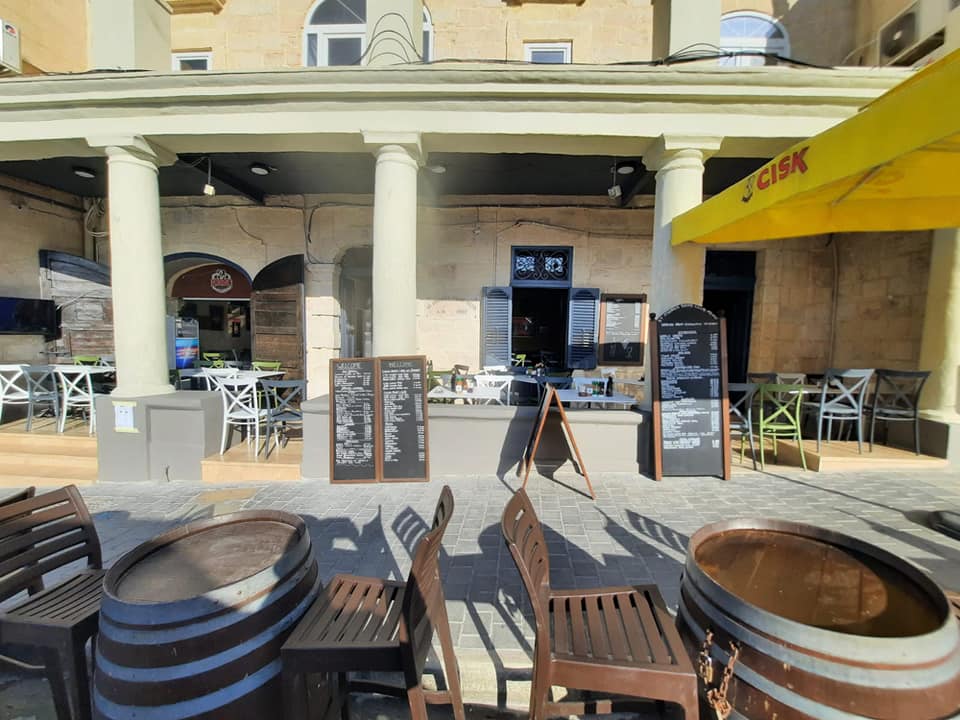While all your tongue can genuinely taste the four basic tastes—sweet, salty, sour, and bitter—the long-lasting sensation that your mouth leaves the wine becomes much more complex; its all about the flavours of wine.
When you drink or eat with wine, it includes your taste buds and scent and contributes to your overall interpretation of wine. The tastes, flavours, and emotions of wine include the interaction you taste when sampling wine.

Sweetness is a hallmark of many wines, primarily due to the grape varieties used. Grapes contain significant amounts of sugar, which ferments into alcohol due to yeast. Some residual sugars remain in the grapes, contributing to the wine’s detectable sweetness. If you’re accustomed to these sugars, they can enhance the perception of sweetness on your palate.
While wine contains alcohol, its flavor isn’t easily discerned by the tongue alone. Even though the mouth senses the drink, the distinct taste of alcohol often eludes detection. Alcohol in wine can expand blood vessels, intensifying the wine’s flavors. However, after consuming several glasses, the elevated alcohol level may impair your taste buds, making it challenging to distinguish wine from other beverages.

Acidity, which influences sugars, is another taste. The overall taste of wine can be overwhelming with the right balance of acidity.
The acidity flavor is familiar to your tongue until you taste the wine that contains it. While wine is good for acidity, it has too much of a sharp taste. With correct concentrations, acidity brings the flavours of the grapes and berries to your mouth, which gives you the perfect bite.

Tannins, proteins found in grape and other fruit skins, are yet another taste influence. It gives a pleasant sensation to your tongue and provides feelings of different flavours when the wine has the right amount of tannins.
When a wine grows old, the tannins break up in the bottle, making you feel softer. For the taste of the wine, tannins are essential, whether the wine is aged correctly or not.
The final flavor often associated with aged beverages is oak. White oak is introduced during the production process. It is imparted during aging, as many beverages spend some time in oak barrels. The extent to which the oak flavor is extracted depends on how long the beverage is left in an oak barrel or cask.
Sometimes, the wine is aged just enough to taste the oak – and it gives the perfect taste.

Although other flavours are present in wine, they are not as prominent as the ones listed above. The above flavours and the flavours you need to know more about are the most current in wine.
It would be best if you always read as much about the components responsible for the flavours before you begin to taste wine or differentiate flavours. This way, you know more about your taste and can enjoy wine.














